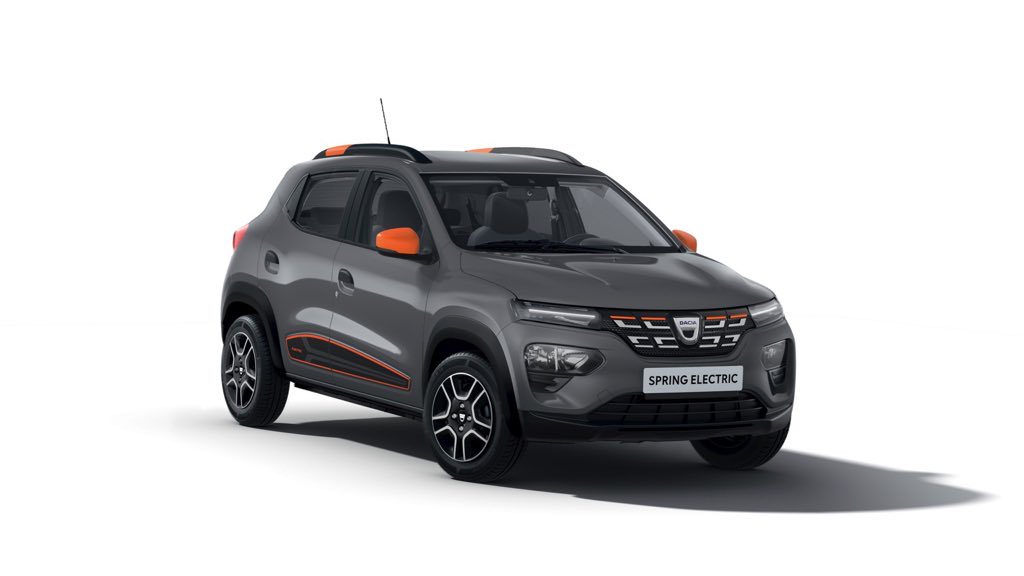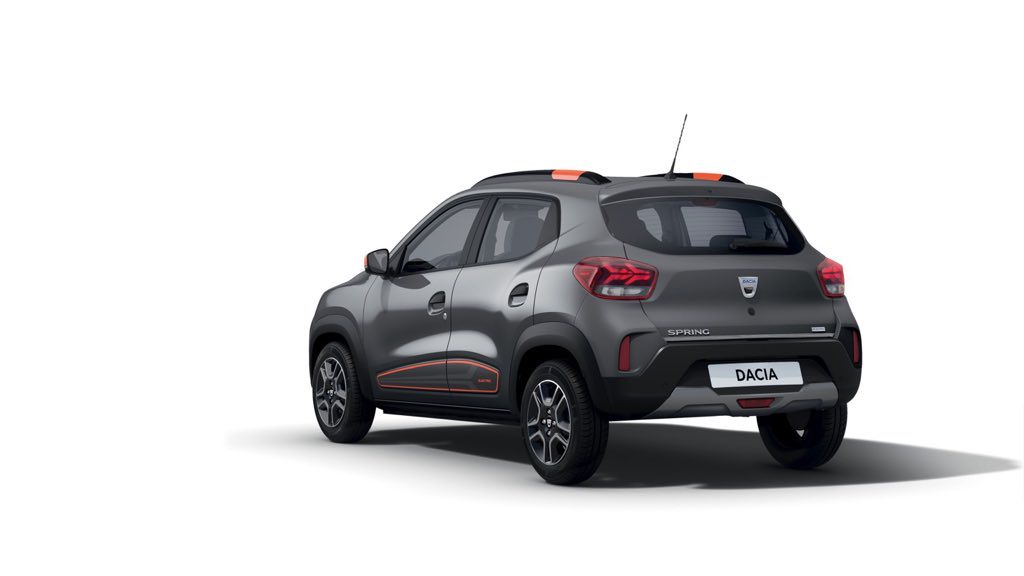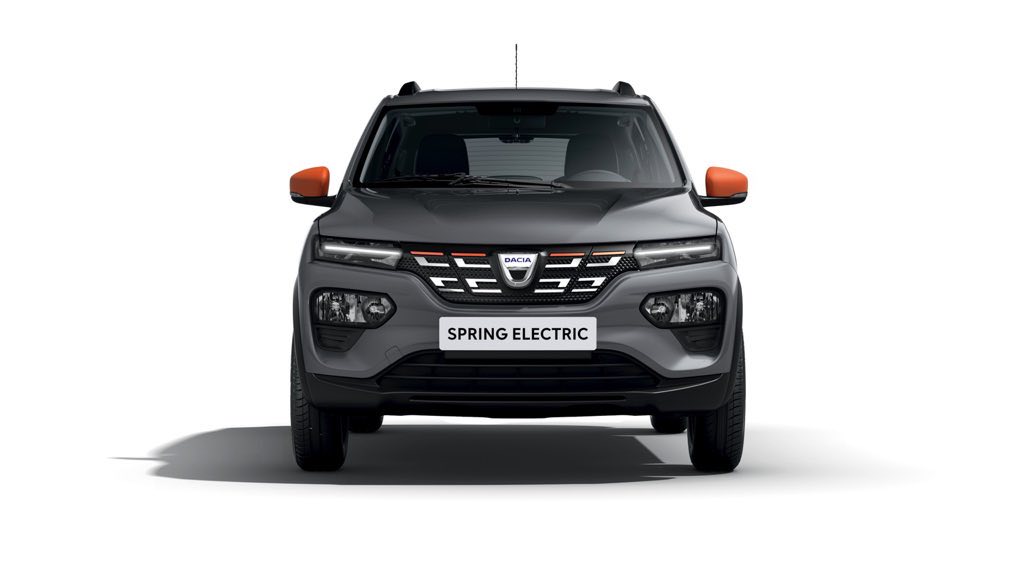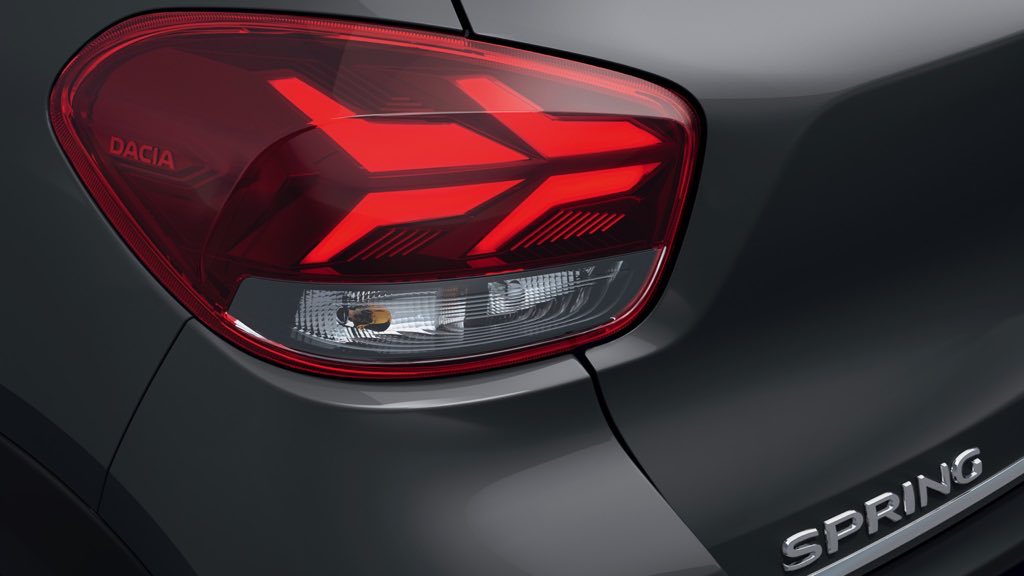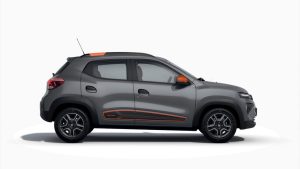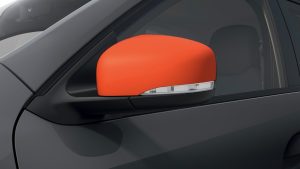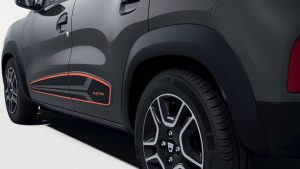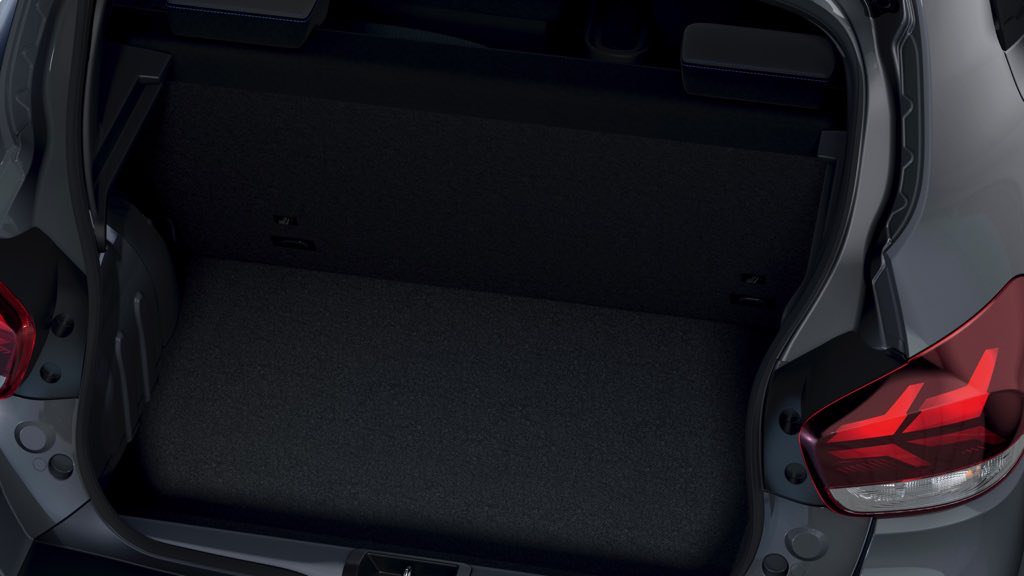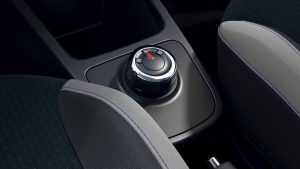Dacia Spring Electric
The Dacia Spring Electric is an all-electric compact car produced by the Romanian carmaker Dacia, which is a subsidiary of Renault. Spring Electric is an affordable electric vehicle designed for urban driving.
The Spring Electric is powered by a 26.8 kWh lithium-ion battery pack and an electric motor that produces 125 Nm of torque. It has a range of up to 155 km on a single charge and can accelerate from 0-62 mph in 19.1 seconds.
The Spring Electric also features a simple and practical interior with a 7-inch touchscreen infotainment system, Bluetooth connectivity, and USB ports. It has a spacious cabin and can seat up to four passengers.
The Spring Electric is also equipped with a range of safety features, including automatic emergency braking, lane departure warning, and rear parking sensors.
Overall, the Dacia Spring Electric is a practical and affordable electric vehicle that is well-suited for city driving. It offers a good balance of range, performance, and features at an attractive price point.
| Performance | |
| Acceleration 0 – 100 km/h | 19.1 sec |
| Top Speed | 125 km/h |
| Electric Range | 155 km |
| Total Power | 33 kW (45 PS) |
| Total Torque | 125 Nm |
| Drive | Front |
| Battery and Charging | |
| Battery Capacity | 26.8 kWh |
| Battery Useable | 25.0 kWh |
| Europe | |
| Charge Port | Type 2 |
| Port Location | Front – Middle |
| Charge Power | 6.6 kW AC |
| Charge Time (0->155 km) | 4h30m |
| Charge Speed | 35 km/h |
| Fastcharge Port | CCS |
| FC Port Location | Front – Middle |
| Fastcharge Power (max) | 34 kW DC |
| Fastcharge Time (16->124 km) | 38 min |
| Fastcharge Speed | 170 km/h |
| Energy Consumption | |
| EVDB Real Range | |
| Range | 155 km |
| Vehicle Consumption | 161 Wh/km |
| CO2 Emissions | 0 g/km |
| Vehicle Fuel Equivalent | 1.8 l/100km |
| WLTP Ratings | |
| Range | 230 km |
| Rated Consumption | 1390 Wh/km |
| Vehicle Consumption | 109 Wh/km |
| CO2 Emissions | 0 g/km |
| Rated Fuel Equivalent | 15.6 l/100km |
| Vehicle Fuel Equivalent | 1.2 l/100km |
|
Rated = official figures as published by manufacturer. Rated consumption and fuel equivalency figures include charging losses.
|
|
|
Vehicle = calculated battery energy consumption used by the vehicle for propulsion and on-board systems.
|
|
| Real Energy Consumption Estimation between 102 – 227 Wh/km | |
| City – Cold Weather | 156 Wh/km |
| Highway – Cold Weather | 227 Wh/km |
| Combined – Cold Weather | 192 Wh/km |
| City – Mild Weather | 102 Wh/km |
| Highway – Mild Weather | 179 Wh/km |
| Combined – Mild Weather | 139 Wh/km |
|
Energy use for each trip will vary considerably depending on the driver and the conditions. Therefore, we have provided a range of estimates which can be useful in developing an understanding of the potential benefits of this technology.
|
|
| Dimensions and Weight | |
| Length | 3734 mm |
| Width | 1622 mm |
| Width with mirrors | 1770 mm |
| Height | 1516 mm |
| Wheelbase | 2423 mm |
| Weight Unladen (EU) | 1012 kg |
| Gross Vehicle Weight (GVWR) | 1300 kg |
| Max. Payload | 363 kg |
| Cargo Volume | 300 L |
| Cargo Volume Max | 620 L |
| Cargo Volume Frunk | 0 L |
| Roof Load | 0 kg |
| Tow Hitch Possible | No |
| Towing Weight Unbraked | 0 kg |
| Towing Weight Braked | 0 kg |
| Vertical Load Max | 0 kg |
| Miscellaneous | |
| Seats | 4 people |
| Isofix | No Data |
| Turning Circle | 9.5 m |
| Platform | RNMA CMF-A |
| Car Body | Hatchback |
| Segment | A – Mini |
| Roof Rails | Yes |
| EV Dedicated Platform | No |
Home and Destination Charging (0 -> 100%)
A public charging station is required to use the highest possible charging rate. The EVSE/charging station’s charging capacity affects how long it takes to fully charge the battery. The table below shows all possible options for fully charging the Dacia Spring Electric.
In Europe, plugging an electric car into an outlet is often as easy as plugging it into a household outlet, but there are differences from country to country. The table below shows the different ways to charge the Dacia Spring Electric, but in some countries some chargers may not be available.
Type 2 (Mennekes – IEC 62196)

| Charging Point | Max. Power | Power | Time | Rate |
| Wall Plug (2.3 kW) | 230V / 1x10A | 2.3 kW | 13 hours | 12 km/h |
| 1-phase 16A (3.7 kW) | 230V / 1x16A | 3.7 kW | 8 hours | 19 km/h |
| 1-phase 32A (7.4 kW) | 230V / 1x29A | 6.6 kW | 4h30m | 34 km/h |
| 3-phase 16A (11 kW) | 230V / 1x16A | 3.7 kW | 8 hours | 19 km/h |
| 3-phase 32A (22 kW) | 230V / 1x29A | 6.6 kW | 4h30m | 34 km/h |
Fast Charging (10 -> 80%)
If you want to enjoy driving an electric car, one of the most important features to consider is the number of miles per hour the car can travel while charged. This is called the “range” of the car. All electric cars have a certain range, even if they are 100% charged. This is because they do not have an internal combustion engine to lean on if you need to drive a long distance.
Max. Power: The maximum power provided by the charging point
Avg. Power: The average power provided by the charging point during a session of 10% to 80%.
Time: the time it takes to charge from 10% to 80%
Speed: the average charging rate during the session of 10% to 80%
Combined Charging System (CCS Combo 2)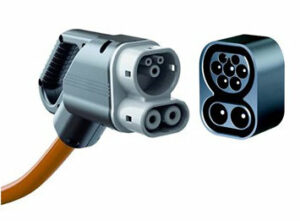
| Charging Point | Max. Power | Avg. Power | Time | Rate |
| CCS (50 kW DC) | 34 kW | 29 kW | 38 min | 170 km/h |
| Brand | Dacia |
| Model | Spring Electric |
| Body Style | Hatchback |
| Car Engine | electric |
| Motor power | 33 |
| Maximum Torque, Nm | 125 |
| Battery Energy, kWh | 26.8 |
| Power reserve (NEDC/EPA/WLTP), km | - / - / 155 |
| Level Charging (230/400/DC), hours | 4.30 / - / 0.38 |
| Electrical Acceleration, 0-100 km/h (0-62.1 mph) in sec | 19.1 |
| Top Speed, km/h | 125 |





